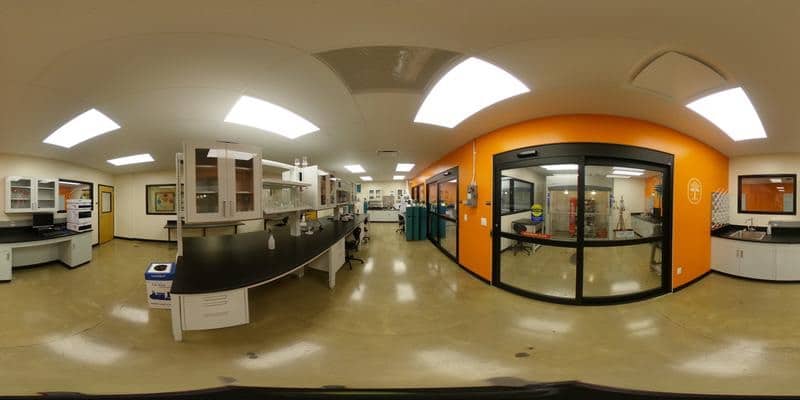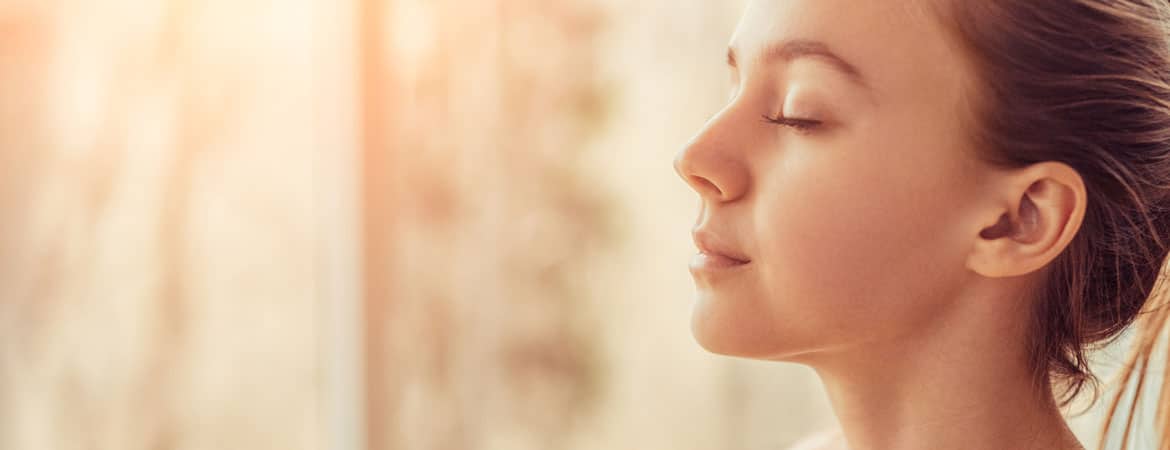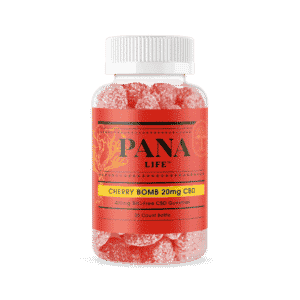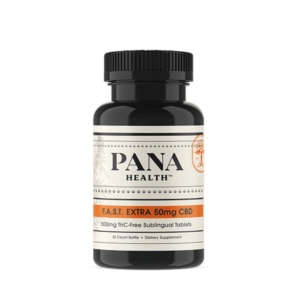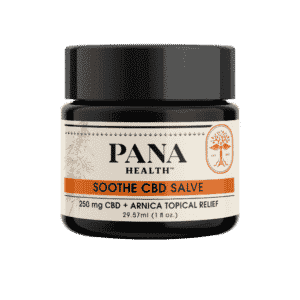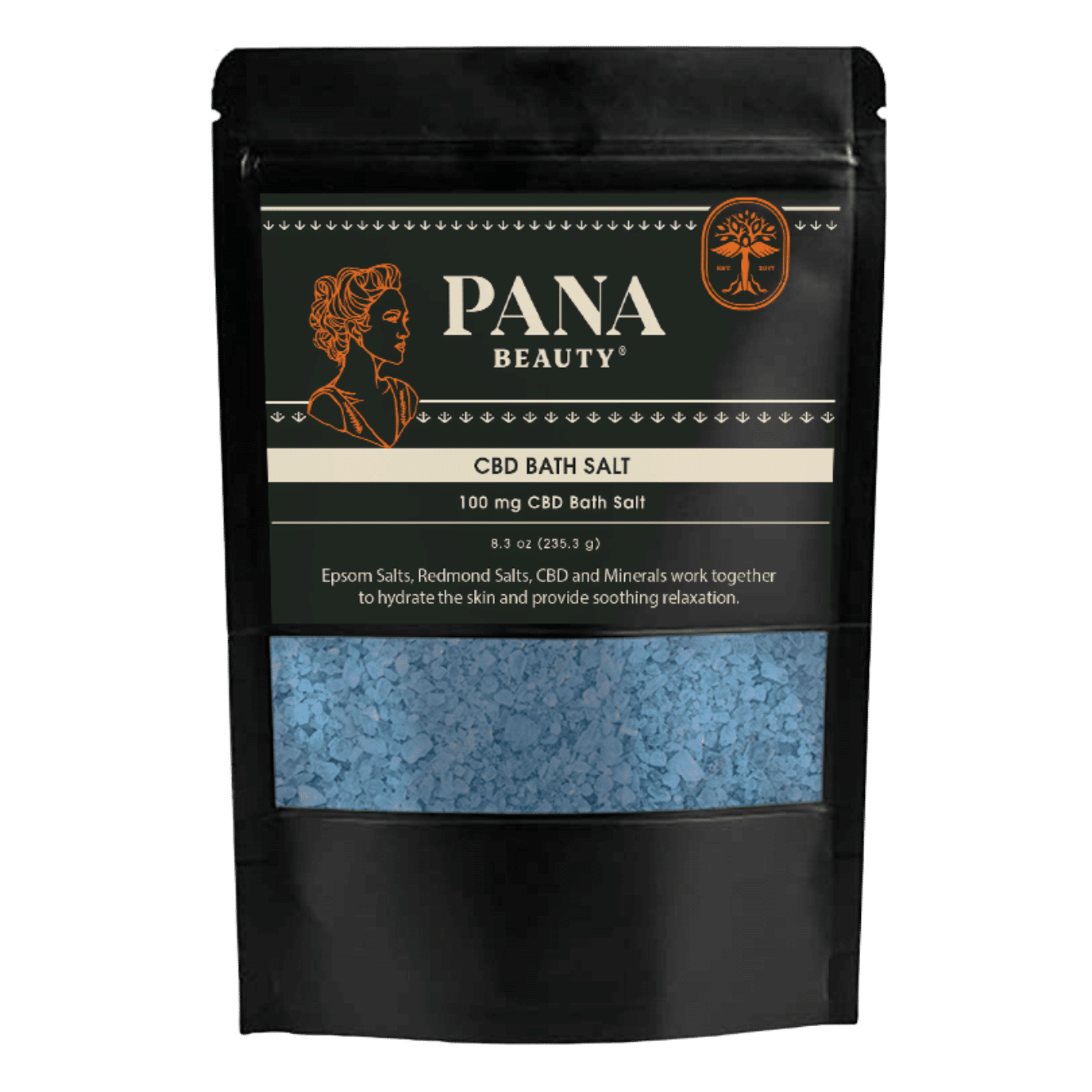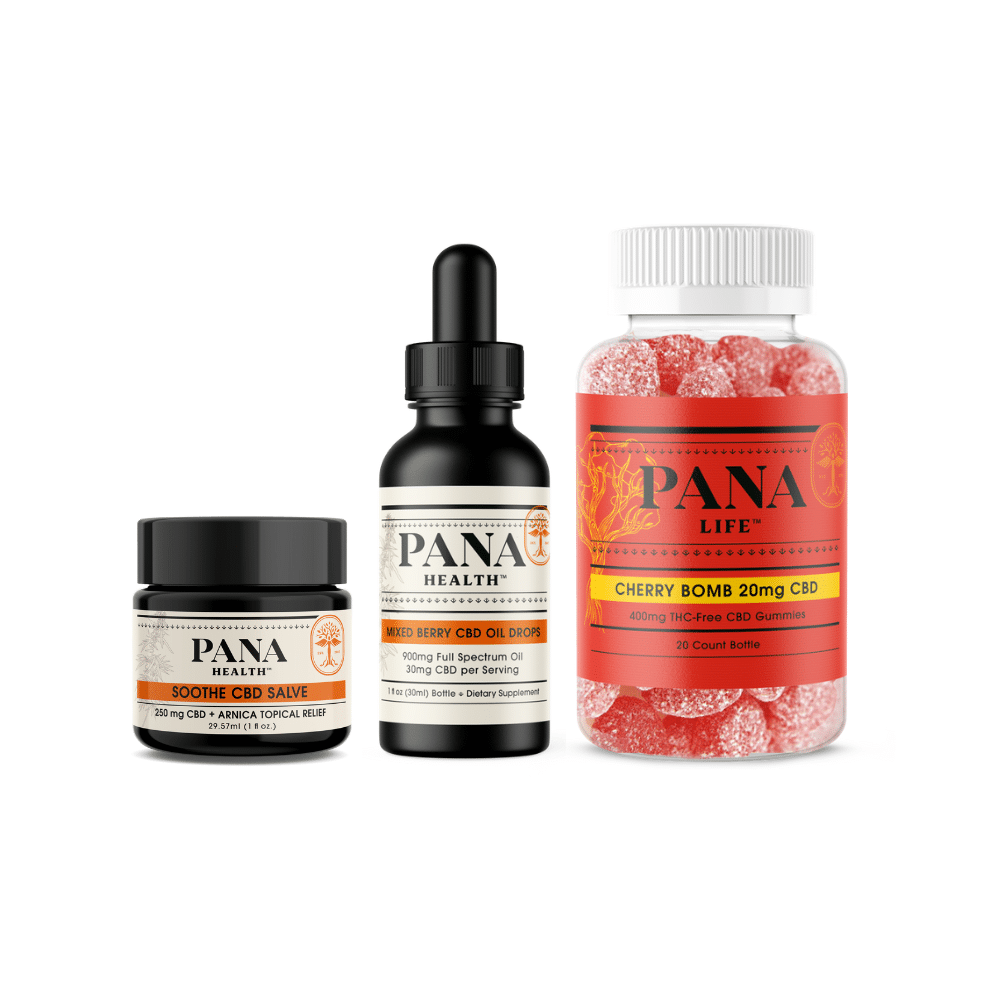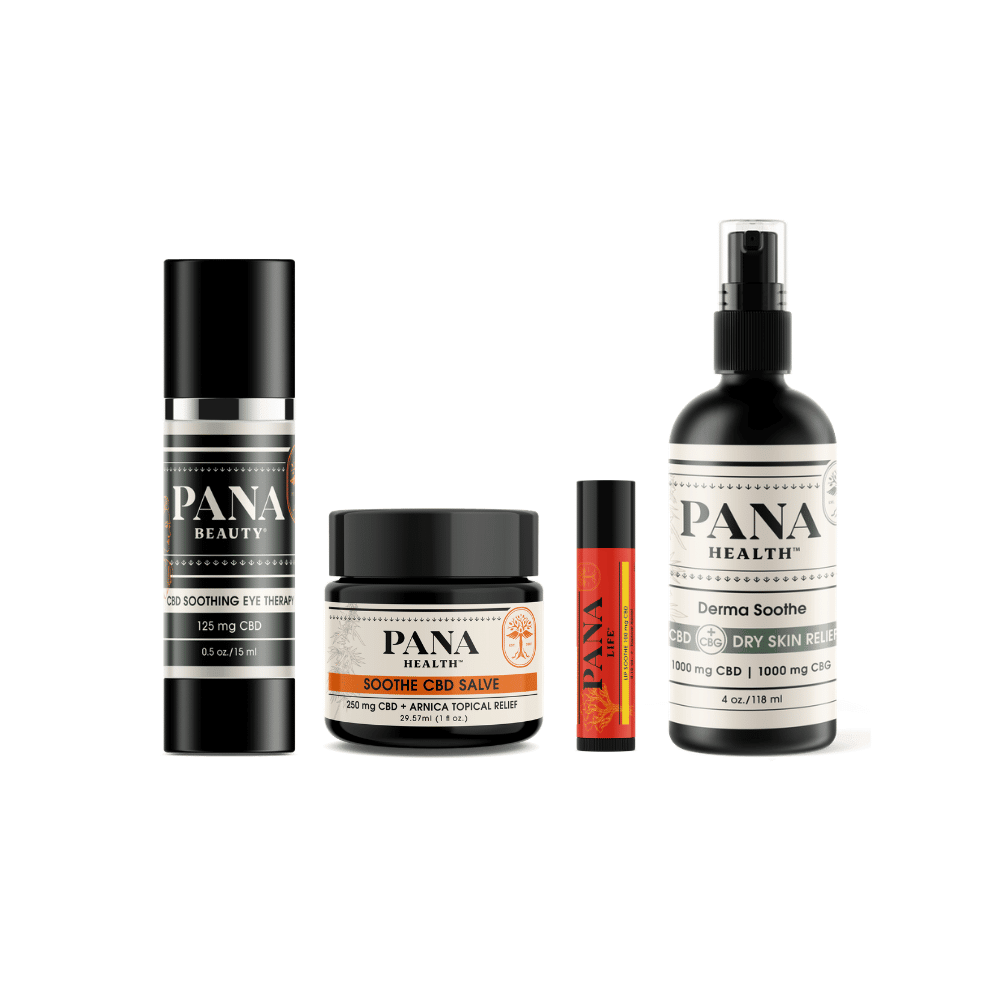Anyone who has tried it knows that yoga is not easy. It requires many movements that can difficult for the most limber of yogis. But what do you do if movement in general is difficult? If you struggle with issues caused by inflammation, it may seem like yoga is out of your reach.
However, recent research suggests that cannabidiol (CBD) may be able to aid in improved flexibility and movement.
Who wants to know more about CBD?
Within Cannabis plants, hemp and marijuana for example, there are over 113 different chemical compounds known as cannabinoids. CBD is one of them. These cannabinoids can have a number of different effects on people. One cannabinoid that is famous for its effects on people is tetrahydrocannabinol (THC). You likely have heard of it because it is psychoactive. That means that it creates the high that is so commonly associated with Cannabis. CBD on the other hand, has a different effect on people. It is not psychoactive, so it does not create a high.
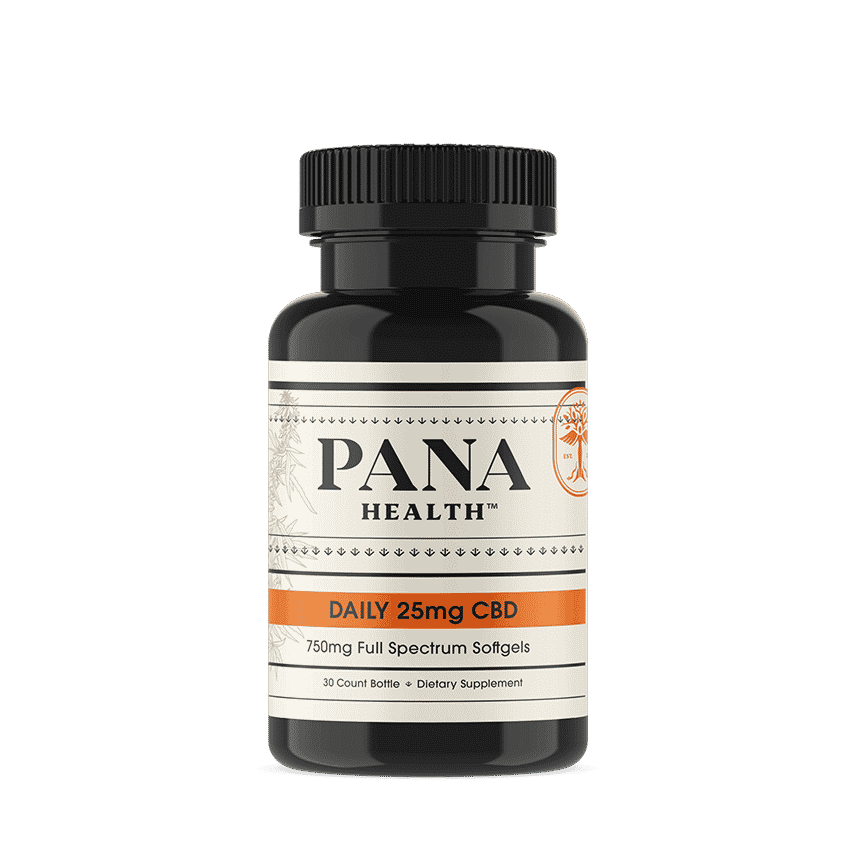
If you are concerned about the legality of CBD, do not fret. As of 2018, industrial hemp is legal in the United States. This means that a CBD product that is derived from hemp and has less than 0.3% THC is perfectly legal. CBD that is extracted from marijuana and has more than 0.3% THC may or may not be legal depending on your state’s Cannabis laws, as marijuana is still federally illegal.
CBD can be taken in several different forms. After it has been extracted from the hemp, it is easily added almost anything. There are many options for CBD edibles, in gummy form or in any other kind of food. Similar to the edibles are capsules and tablets. They are exactly what they sound like, pills that you can take once a day to get a serving of CBD. Many people like to use CBD oils and tinctures. With those you can just place a few drops under the tongue, and they absorb quickly into the blood stream, no need to wait for digestion. Another way to take CBD is through topicals such as cremes and salves. These are good products if you are looking for a more localized experience. Oral products are likely to provide a more overreaching effect, whereas topicals are going to stay in the place where they are used.
There are three different forms of CBD available. They are full-spectrum, broad-spectrum, and CBD isolate. Full-spectrum and broad-spectrum are the most similar of the three. They both have other compounds and cannabinoids in them along with the CBD. The main difference between the two is that broad-spectrum has no THC, where full-spectrum does (though it is less than 0.3%, and is definitely not enough to get you high). CBD isolate, unlike the other two, has no other compounds in it. It is only CBD and nothing else. The benefit of having the other compounds is a potential effect called the entourage effect, this is when compounds build on each other potentially making a stronger experience.

-
Sale!
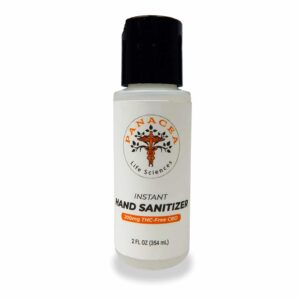
CBD Hand Sanitizer (5 Pack)
Original price was: $49.95.$1.99Current price is: $1.99. Add to cart -
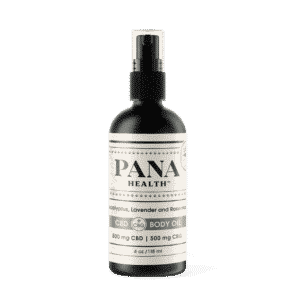
CBD + CBG Body Massage Oil
From: $9.95 Select options This product has multiple variants. The options may be chosen on the product page -
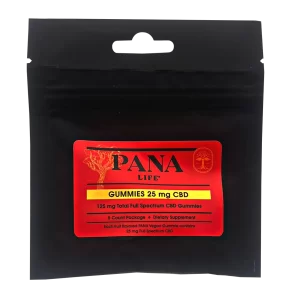
Full Spectrum CBD Gummies TO-GO Pack
$6.95 Add to cart
How do CBD and yoga mix?
Now that we have laid out what CBD is, you may be wondering what this all has to do with yoga. Well, if movement is difficult for you, but you are still interested in doing yoga, then research suggests that CBD may be able to help.
Inflammation can be the cause of movement difficulty. Many studies have looked at how CBD interacts with inflammation. The general consensus from most (if not all) of these studies is that CBD has anti-inflammatory properties. This is because CBD interacts with what is known as the Endocannabinoid System (ECS). It is a series of receptors in the body that controls a number of things, including inflammation. The way that CBD interacts with these receptors may be able to reduce inflammation, especially inflammation associated with oxidative stress.
If you are a yogi who struggles with inflammation, you may want to try a CBD topical. When these are used on an inflamed area, they may be able to reduce the inflammation. This could mean that poses like reverse warrior and upward dog may be much more comfortable than they were before. Oral CBD products may work well to increase joint movement and flexibility. However, as discussed before more topicals are much more localized, meaning that the area of application will get the full effect of the CBD, instead of it being spread out throughout the body.
Other research, like this study, has also found that CBD may be able to promote a sense of calm. Anyone who has practiced yoga before knows that being trying to achieve a sense of relaxation is one of the goals of the exercise. CBD may be able to help get to that point of calm.
How much should I take?
The answer to this question varies. It depends on each individual person and how they are taking the CBD. Some people will require more or less than others. Some products may produce a stronger effect than others. So, in order to figure out how much CBD you need, it will take some experimentation.
This does not mean that you should rush in and try to find your limit immediately. Afterall, CBD does have some side effects. These are not serious, but they are not fun. They tend to be things like nausea and diarrhea. They also seem to be associated with taking too much CBD, so it is not a good idea to start too big. Start your serving size small and work your way up from there.
Certain medications and CBD do not necessarily mix well. If you are considering taking CBD and are on medications, please consult with your healthcare professional first.
If you suffer from inflammation that makes movement for things like yoga difficult, you may want to look into trying CBD. Not only may it help, but there are many options for how you can use it, making it very accessible.
Sources:

